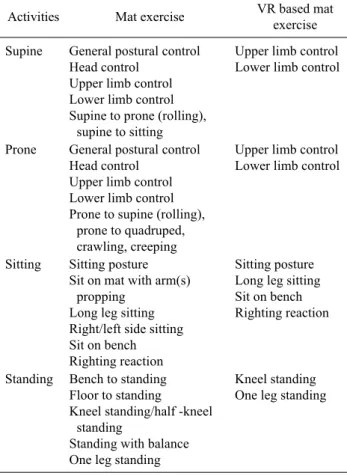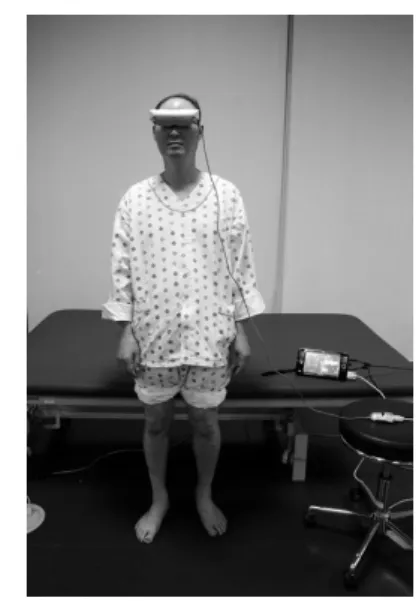Received: 30 April, 2013 Revised: 14 June, 2013 Accepted: 15 June, 2013 Corresponding author: Won-Kyu Min
Department of Physical Therapy, Severance Rehabilitation Hospital, Yonsei University Health System, 50 Yonsei-ro, Seodaemun-gu, Seoul 120-752, Republic of Korea
Tel: 82-2-2228-3785 Fax: 82-2-364-0509 E-mail: mwk10003@yuhs.ac
This is an Open-Access article distributed under the terms of the Creative Commons Attribution Non-Commercial License (http://creativecommons.org/licens es/by-nc/3.0) which permits unrestricted non-commercial use, distribution, and reproduction in any medium, provided the original work is properly cited.
Copyright © 2013 Korean Academy of Physical Therapy Rehabilitation Science
pISSN 2287-7576 Phys Ther Rehabil Sci
eISSN 2287-7584 2013, 2 (1), 7-11
www.jptrs.org
The effects of virtual reality-based physical therapy in stroke patients
Charyong Kim a , Won-Kyu Min b
a
Hartnack, Berlin, Germany
b

